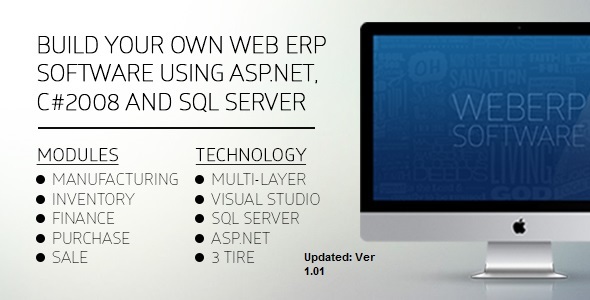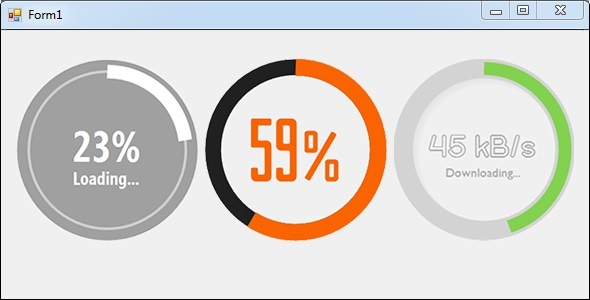
Building an ERP system with ASP.NET and C# provides developers with a powerful way to create scalable business applications while mastering essential programming concepts. This comprehensive guide walks through developing a three-tier architecture solution that separates concerns for maintainability and flexibility.
Understanding Three-Tier Architecture in ASP.NET
The three-tier architecture pattern divides applications into distinct layers, each with specific responsibilities:
- Presentation Layer (UI): Handles user interaction through web forms, MVC views, or API endpoints
- Business Logic Layer: Contains application rules, workflows, and validation logic
- Data Access Layer: Manages all database operations and data persistence
This separation enables developers to modify one layer without affecting others. For example, switching from MySQL to SQL Server only requires changes in the data layer, while the business logic and UI remain unchanged.
Setting Up the ASP.NET ERP Project
Begin by creating a new ASP.NET Web Application in Visual Studio:
- Select File > New > Project
- Choose ASP.NET Web Application (.NET Framework)
- Select the MVC template with Individual User Accounts authentication
- Add these core folders to organize your layers:
- Models (for business entities)
- Controllers (presentation logic)
- Views (UI components)
- Services (business logic)
- Repositories (data access)
Implementing the Data Access Layer
The data layer handles all database operations using Entity Framework or ADO.NET:
public class AccountRepository : IAccountRepository
{
private readonly ApplicationDbContext _context;
public AccountRepository(ApplicationDbContext context)
{
_context = context;
}
public Account GetById(int id)
{
return _context.Accounts.Find(id);
}
public void Add(Account account)
{
_context.Accounts.Add(account);
_context.SaveChanges();
}
}
Building the Business Logic Layer
The business layer contains your application’s core functionality:
- Validation rules for financial transactions
- Workflow management for approval processes
- Calculation engines for reporting
- Integration with external services
Example service class:
public class AccountService : IAccountService
{
private readonly IAccountRepository _accountRepository;
public AccountService(IAccountRepository accountRepository)
{
_accountRepository = accountRepository;
}
public decimal GetAccountBalance(int accountId)
{
var account = _accountRepository.GetById(accountId);
return account?.Balance ?? 0;
}
}
Creating the Presentation Layer
The UI layer focuses on delivering a responsive experience:
- Use ASP.NET MVC for traditional web applications
- Implement Web API for SPA frontends
- Consider Bootstrap or Metro UI for modern interfaces
- Add touch support for mobile devices
Integrating ASP.NET Identity
Secure your ERP system with built-in authentication:
- Configure user roles (Admin, Manager, Employee)
- Implement role-based authorization
- Customize the Identity model for additional user fields
- Set up password policies and account lockout
Testing and Deployment Considerations
Ensure application reliability through comprehensive testing:
- Unit test each layer independently
- Implement integration tests for cross-layer functionality
- Use dependency injection for testability
- Consider continuous integration pipelines
Extending the ERP System
Additional features to enhance your application:
- Reporting module with Crystal Reports or RDLC
- Voice command integration for accessibility
- School/college management specific modules
- Inventory and supply chain management
- Multi-company accounting support
By following this structured approach, developers can create maintainable, scalable ERP solutions that adapt to changing business requirements. The three-tier architecture ensures clean separation of concerns while ASP.NET provides the robust foundation needed for enterprise applications.

